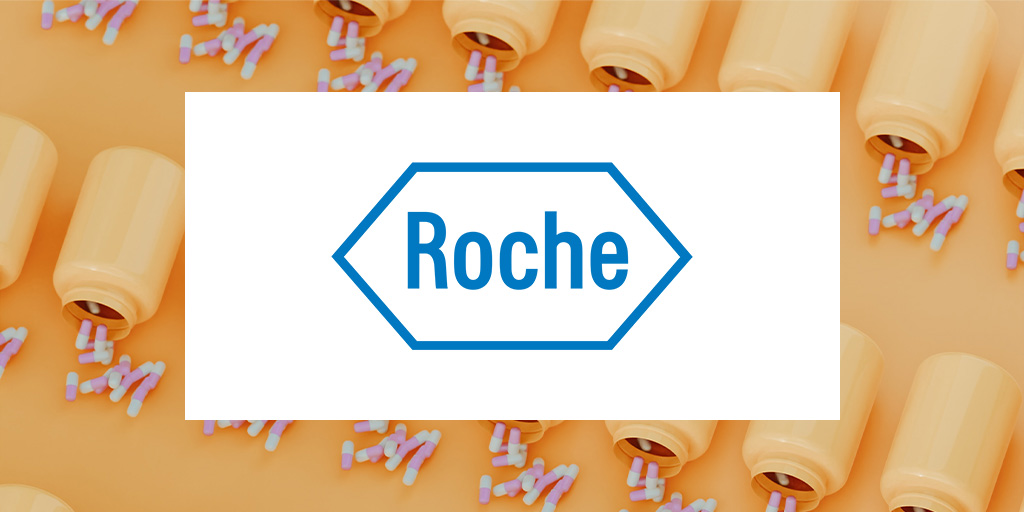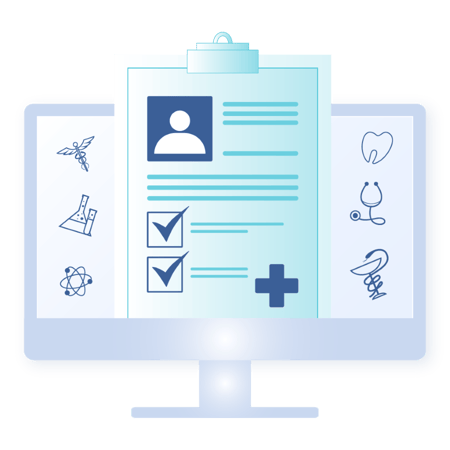Helping healthcare organizations with data analytics
Healthcare companies face a strict regulatory landscape, with compliance requirements and audits that can be time-consuming and resource-intensive. The traditional approach to managing this challenge involves lots of manual processes, which can be prone to errors and delays.
At Datavid, we understand the unique challenges of the healthcare industry and offer solutions that can help you navigate the complex regulatory environment while improving every aspect of your data infrastructure.
With our analytics solutions, you gain deep insights into your enterprise data, helping you make informed decisions to drive better outcomes both for patients and your business.
Simplify your processes
Datavid provides you with automations that reduce errors and enhance productivity, enabling your employees to prioritize research and top-notch patient care.
Data analytics that fit your needs
Thanks to data analytics specific to your domain in healthcare, you get precise analytics that answer some of the most pressing questions in your business.
Keep up with regulatory oversight
Regulatory requirements are increasing in the healthcare environment. Datavid can help your organisation comply, with security and privacy solutions embedded within your data platform.
Alleviate the burden of tedious compliance tasks
With a combination of Robotic Process Automation and Machine Learning, Datavid helps deploy semi-automated compliance platforms that reduce manual errors and overall costs, allowing your staff to focus on delivering better products and customer care.
Transform your research capabilities
Datavid helps your healthcare business significantly decrease the time it takes to research new products with advanced analytics that collect, process, and analyse large amounts of data from various sources. This enables your organization to gain valuable insights into patient outcomes drug effectiveness, and many other metrics important to you.
Achieve compliance without breaking the bank
Healthcare businesses face strict regulatory scrutiny that can only be solved with proper data management practices. Datavid supports your organization in mitigating risk with HIPAA-compliant analytics solutions that present anonymized, redacted data.
CASE STUDY
Improving efficiency and securing compliance
Datavid helped Roche, a healthcare company, increase the value of their cross-department data platform by conducting an architectural review and proposing improvements.
Datavid suggested an integrated continuous delivery pipeline to automate the release of new features to the production system, reducing costs, increasing efficiency and securing compliance.
The client experienced shorter delivery cycles and increased performance, leading to improved ROI and productivity.

As a result of the performance issues solved by Datavid via a re-design of the architecture and of the delivery model, Roche reduced the overall costs significantly and increased the efficiency of the system.
Your questions. Answered.
Datavid implements security and confidentiality processes from day 1. We usually work within the client's secure environment, avoiding any data spillover to our systems.
Datavid's headcount is 80+ strong, and we expect to grow to over 100 people by the end of next year. We have the capacity and growth rate to take on large data projects.
Yes, especially around system performance optimization and cloud migration. However, Datavid's primary focus is on delivering large-scale data applications.














